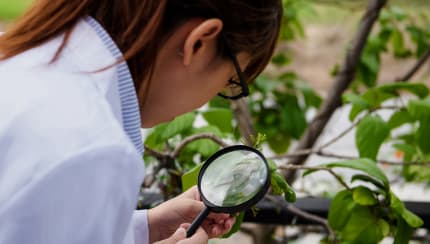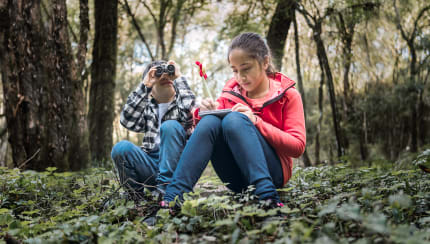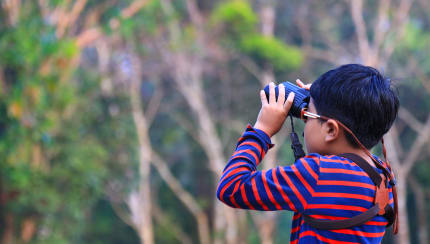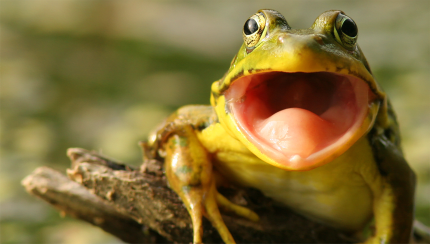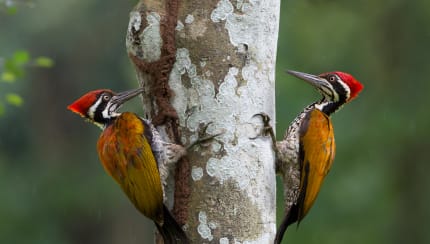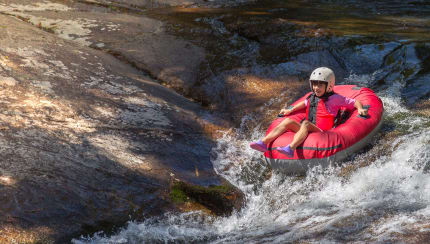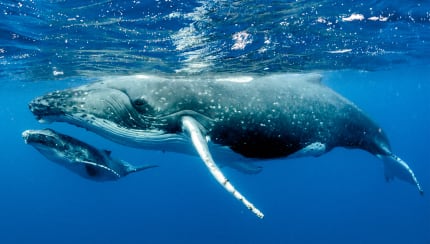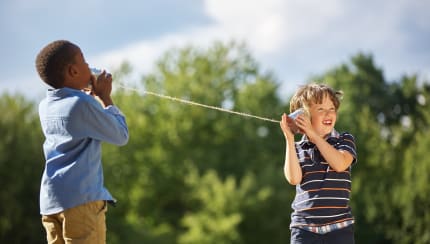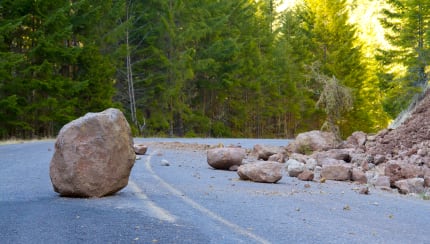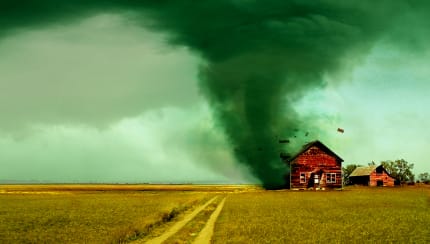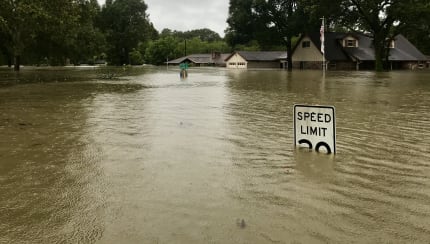Standards-aligned
curriculum that inspires kids
to love science!
New to Mystery Science? Get a free trial
until June 30, 2025!
Only 1,701 free trials remaining.
Hands-on science made easy
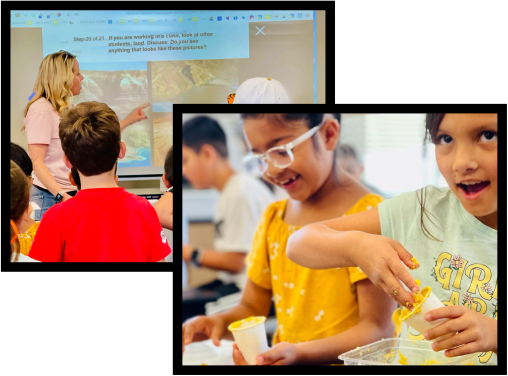
Hands-on science made easy
- Standards-alignment guides for all states
- Engaging investigations
- Phenomena-driven
- Written & 3D assessments
Popular Mini Lessons
Anchored in everyday scientific phenomena
Engineering Lessons
Loved by students and teachers
Both my students and I are hooked. Adding in the Anchor Layer is a GAME CHANGER! Thank you MS for always stepping up your game.
4th Grade Teacher,
Algonquin, IL
Mystery Science is filled with interesting, thoughtful lessons that align with our TEKS. They are easy to follow and very detailed in giving students what they need to succeed.
Science Specialist,
Lewisville, TX
My students crave this program. Thank you so much for bringing this subject alive, not only for the students, but for me as well.
3rd Grade Teacher,
Cerritos, CA
I love that Mystery Science is in Spanish. The students love Mystery Science! It is not easy to find good articles/videos in Spanish. This is great for our bilingual group.
4th Grade Teacher,
Monmouth, IL
New to Mystery Science? Get a free trial
until June 30, 2025!
Only 1,701 free trials remaining.
